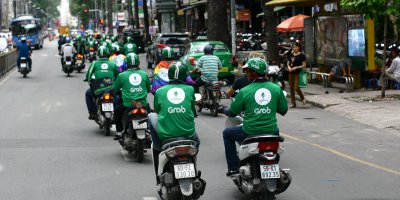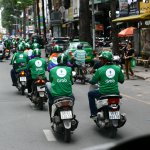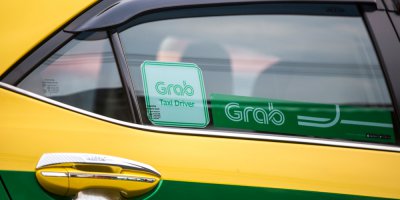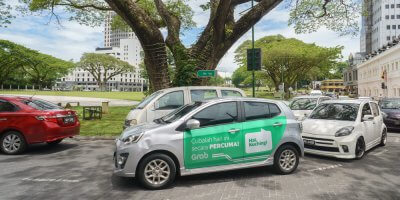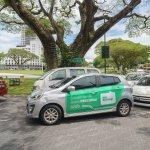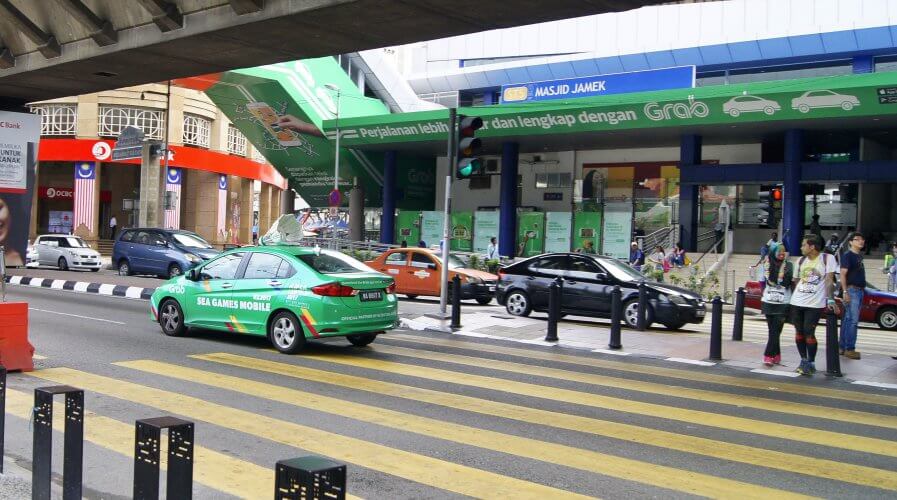
Despite the talent crunch globally, Grab opens its new research and development (R&D) center in Kuala Lumpur, Malaysia. Source: Shutterstock
Where is Grab launching its seventh R&D center?
TECH companies around the globe are facing shortages in talents, especially when it comes to filling positions such as data scientists, developers, and analyst.
The widening skills gap problem is more prominent in the Southeast Asia region, where the digital economy is expected to grow to US$240 billion in the next five years.
However, the talent crunch does not faze the decacorn, Grab as the company opens its new research and development (R&D) center in Kuala Lumpur, Malaysia.
The launch of Grab’s seventh R&D center in Kuala Lumpur marks its return to the city where it first started in 2012.
Grab, while started as a ride-hailing app, has since evolved into a ‘superapp’ and has R&D centers in Bangalore, Beijing, Ho Chi Minh City, Jakarta Seattle, and Singapore.
“As one of the engineers during the early days of Grab, it is exciting to establish an R&D center in Malaysia to continue tapping into the rich talent pool that is available here,” said Ditesh Gathani, Head of Engineering at Grab.
He added that the center would allow Grab to contribute to “developing and nurturing the deep tech talent” in Malaysia in future technology such as machine learning and artificial intelligence.
The company, whose home is Singapore, is planning to hire up to 100 tech employees in the first year for its Kuala Lumpur center, which includes positions such as software engineers, data scientists, and data analysts.
They will be tasked with improving communications features such as VOIP calls as part of GrabChat, developing new product and safety measures using machine learning technology.
Grab, who is sitting on one of the largest data sets in Southeast Asia is increasingly keen on integrating AI and machine learning to its offerings and enhancing customer safety.
For example, the company rolled out its “Driver Fatigue” feature which calculates a score based on certain parameters such as time spent on the road, amount of rest, age and profile.
If the driver reaches a certain threshold, the app will advise them to take a break from driving.
“We hope that through Grab, Malaysia’s top tech talent will have the opportunity to put their skills to bear against solving complex, real-world issues right here at home. At the same time, have the opportunity to work with and learn from some of the best tech minds in the world,” said Ditesh.
Grab has steadily evolved into Southeast Asia’s leading superapp, with a rapid expansion into payments, food, grocery and parcel delivery, this year.
The company has doubled its tech headcount since last year and is planning to add another 1000 new positions next year to support its growth in the region.
Grab’s CTO Theo Vassilakis said, “At Grab, we don’t build tech for tech’s sake. We build to solve problems, to create opportunities, to lift people and economies. That’s why we continue to fortify our team and invest in talent, to meet the scale of our ambition and the challenges we want to solve.”
With increasing the integration of AI and machine learning to its products, while fully leveraging the data currently in its possession, Grab is seeking to solve some the regions most complex problems such as congestions and financial inclusion while at the same time cement its spot as the most dominant player in Southeast Asia.
READ MORE
- Ethical AI: The renewed importance of safeguarding data and customer privacy in Generative AI applications
- How Japan balances AI-driven opportunities with cybersecurity needs
- Deploying SASE: Benchmarking your approach
- Insurance everywhere all at once: the digital transformation of the APAC insurance industry
- Google parent Alphabet eyes HubSpot: A potential acquisition shaping the future of CRM

